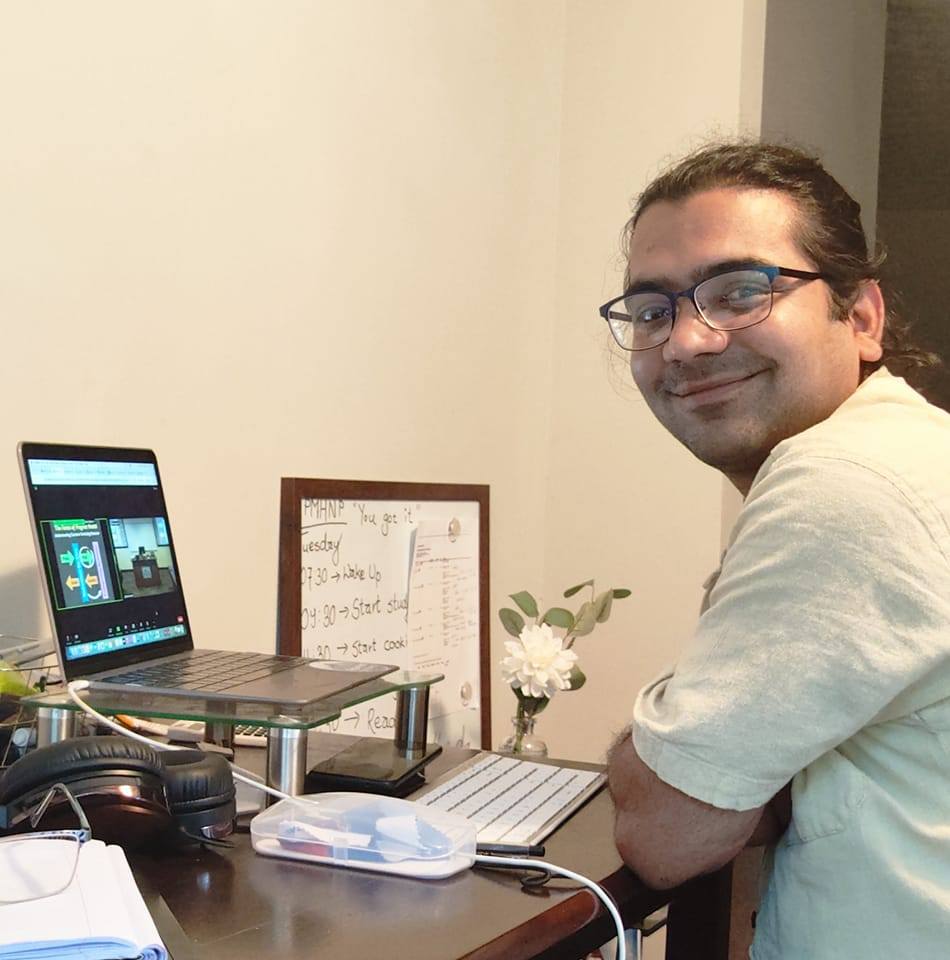Practicing Empathy with the Jobs-to-be-Done Framework
During a course called Innovation and Creativity, I was introduced to a concept that completely changed how I view human behavior and product design: the Jobs-to-be-Done (JTBD) framework. This framework posits that people don’t simply buy products or use services—they “hire” them to get specific jobs done. Understanding this nuance reshaped how I think about empathy and the ways we can proactively improve it in everyday life.
The JTBD Framework in Everyday Life
The core idea of JTBD is that every action we take is driven by a job we’re trying to accomplish. For instance, when someone opens a transit app like MARTA (Atlanta’s public transit system), they’re not just seeking information but are likely hiring the app to make their commute less stressful. Their underlying job might be “planning a smooth, delay-free journey,” and pain points like confusing interface elements or slow updates can frustrate that effort.
When I started using the MARTA app during my time in Atlanta, I found myself naturally applying the JTBD framework. I would dissect every feature, trying to understand what jobs people were hiring the app for and how well it served those needs. This habit made me more aware of others' motivations, struggles, and emotional responses. It sparked a sense of empathy—an understanding of what it feels like to be in another person's shoes, trying to accomplish their task seamlessly.
Breaking Down Actions to Build Empathy
To actively practice empathy using JTBD, I developed a routine. I would observe people around me—on buses, in classrooms, or at public parks—and try to understand their behaviors through the lens of the jobs they were trying to do. I’d break down their actions into smaller units and think about the pain points, emotions, and rewards tied to each task. For example:
- Public Transit Users: Navigating schedules and planning routes efficiently while hoping to avoid delays.
- Students in Class: Staying engaged and taking meaningful notes, fighting the distraction of digital notifications.
- Shoppers at Grocery Stores: Trying to make quick yet thoughtful purchasing decisions while managing their budgets.
This approach made me more attuned to the small frustrations that can significantly impact someone's day. By mentally mapping out the motivations and emotions behind others’ actions, I cultivated a more nuanced understanding of their perspectives.
How This Practice Enhances Empathy
Applying the JTBD framework in daily life allows us to step outside of our assumptions and biases. Instead of judging or dismissing behavior as irrational, we learn to consider the jobs people are trying to accomplish and the obstacles they face. This structured way of thinking fosters a deeper appreciation of other people’s experiences and needs, making empathy less abstract and more actionable.
Implications for Business and Product Design
From a business standpoint, the JTBD framework is invaluable. By understanding the jobs your customers are trying to accomplish, you can design products and services that better meet their needs. Empathy is crucial here—it's about seeing beyond data points and statistics, grasping the human motivations that drive behavior. For companies, this means crafting solutions that truly resonate with users, enhancing customer satisfaction and loyalty.
Conclusion
The JTBD framework has become more than just a tool for understanding consumer behavior—it's a way to practice empathy in everyday interactions. By breaking down the “jobs” that people hire products and services for, we can better understand their struggles, needs, and aspirations. This understanding not only makes us better product designers but also more compassionate individuals, capable of connecting with others on a deeper level.
